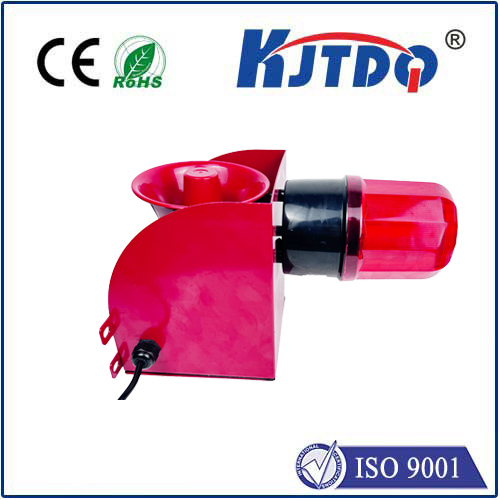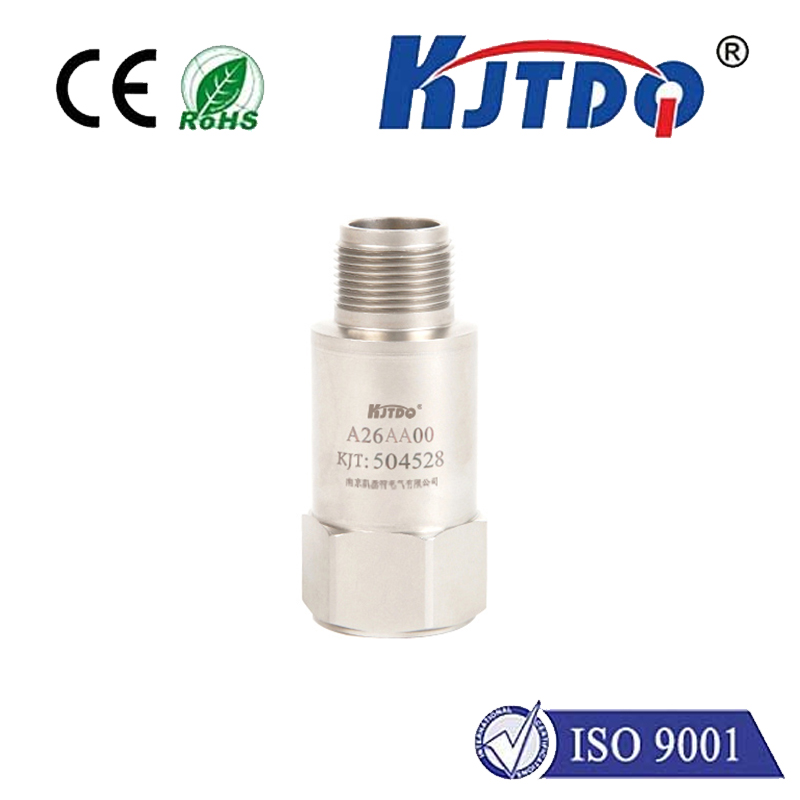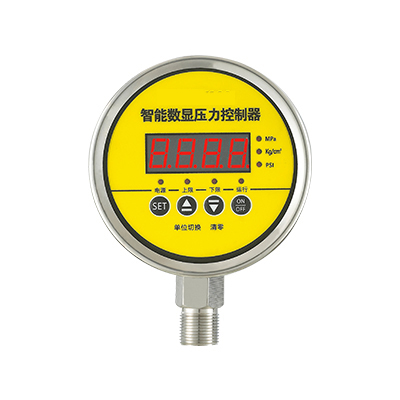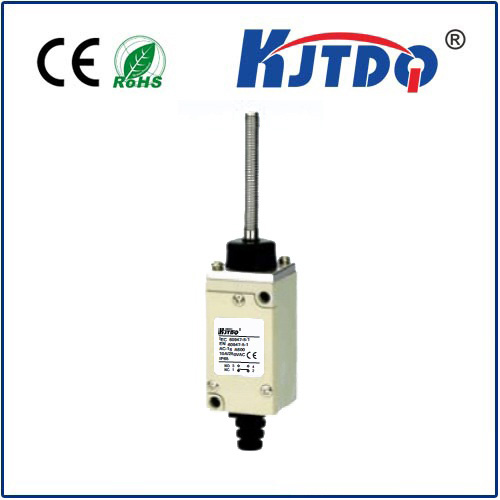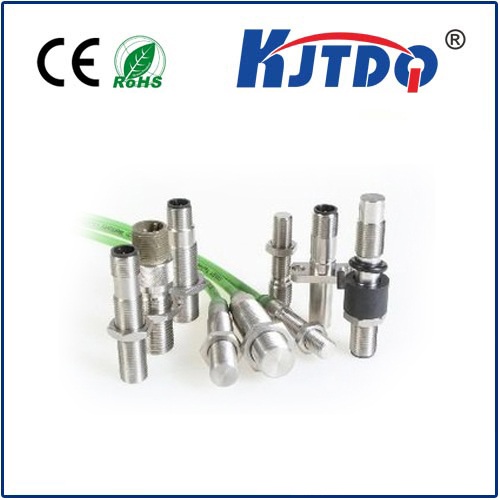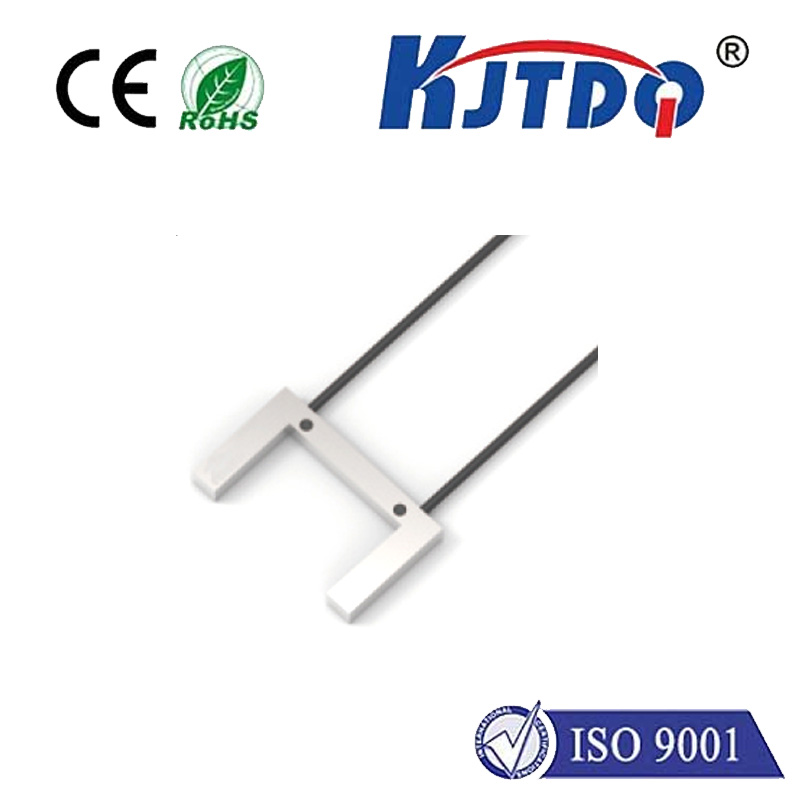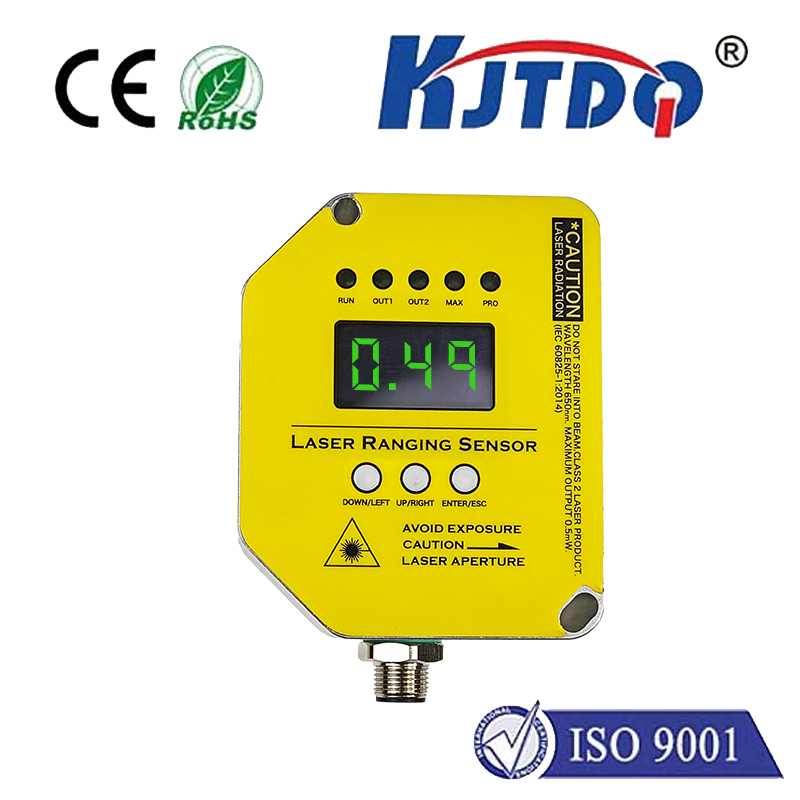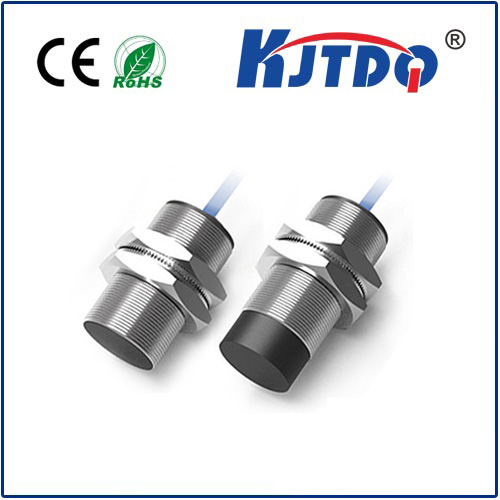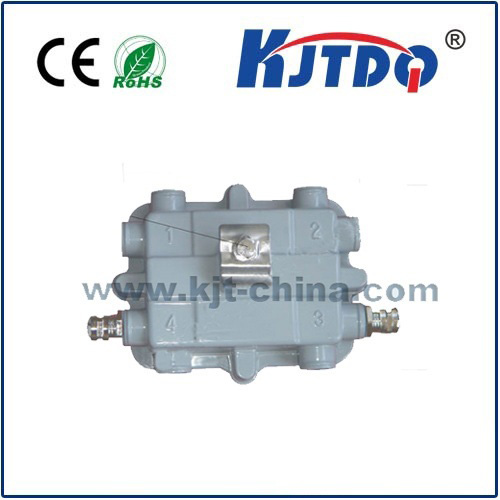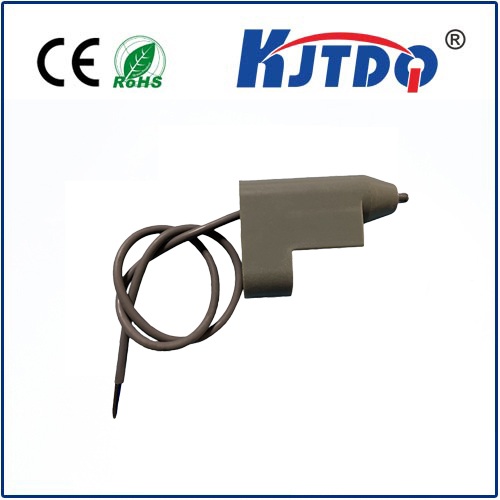
check

check

check

check
High Temperature Photoelectric Sensor: A Revolution in Sensing Technology
The field of sensor technology has undergone significant advancements over the years, with new and improved devices continuously being introduced to the market. One such innovative sensor is the high-temperature photoelectric sensor, which has gained popularity due to its ability to operate in extreme thermal conditions while providing accurate measurements.
The high-temperature photoelectric sensor works on the principle of light detection and conversion into an electrical signal. This type of sensor uses a light source and a photodetector to measure changes in the intensity of light caused by the presence or absence of an object. The unique feature of this sensor is its ability to function effectively in high-temperature environments, making it ideal for applications where conventional sensors would fail.

Industries such as manufacturing, automotive, and aerospace rely heavily on precise and reliable sensors to monitor their processes. However, these industries often involve operations under harsh conditions, including extreme temperatures. High-temperature photoelectric sensors have proved to be invaluable in such scenarios, offering unparalleled accuracy and durability.
One notable advantage of high-temperature photoelectric sensors is their non-contact nature. Unlike traditional mechanical sensors, which require physical contact with the object being measured, photoelectric sensors can detect objects from a distance without any direct contact. This characteristic not only enhances their lifespan but also reduces maintenance costs associated with wear and tear.
Additionally, high-temperature photoelectric sensors offer superior sensitivity and response time compared to their counterparts. They can detect even the slightest variations in light intensity, enabling real-time monitoring and control of industrial processes. This level of precision is crucial in ensuring product quality and preventing potential safety hazards.
Furthermore, the installation of high-temperature photoelectric sensors is relatively straightforward, making them accessible to a wide range of industries. Their compact design allows for easy integration into existing systems without extensive modifications, further enhancing their appeal.
In conclusion, the high-temperature photoelectric sensor represents a significant breakthrough in sensing technology. Its ability to operate effectively in extreme thermal conditions, combined with its non-contact nature, superior sensitivity, and ease of installation, makes it an indispensable tool for industries operating under harsh conditions. As technological advancements continue to drive innovation in the field of sensors, the high-temperature photoelectric sensor is poised to play a vital role in shaping the future of industrial automation and process control.
